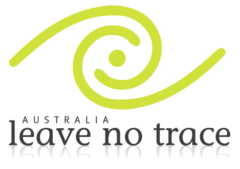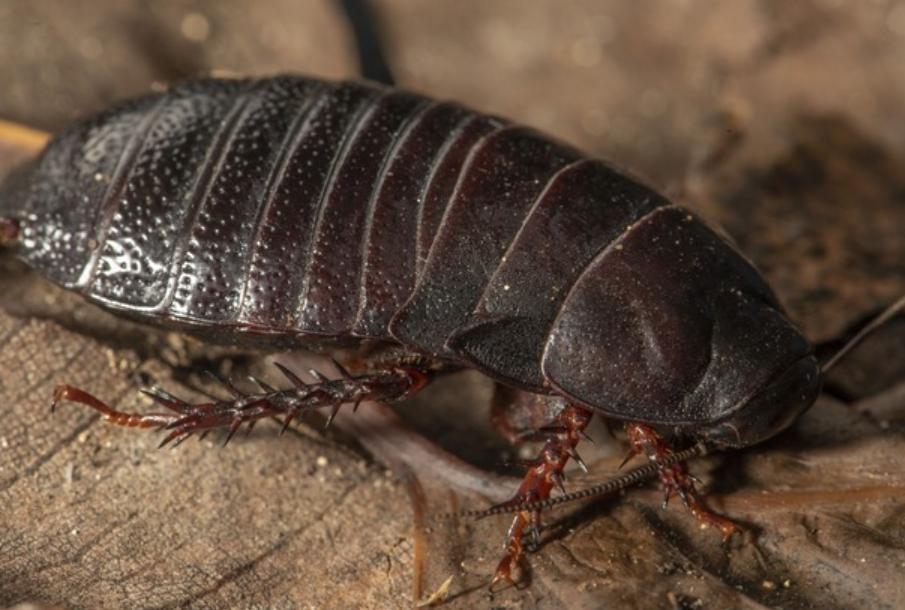Biologists have discovered endemic cockroaches Panesthia lata on Lord Howe Island, which have not been seen here since the 1930s. It was assumed that these insects died out on the island due to the fault of introduced rats and mice and survived only on small islands off the coast. However, it turned out that the cockroaches still managed to survive in the difficult terrain in the north of Lord Howe, according to a press release from the University of Sydney.
The fauna and flora of Lord Howe Island, which is located six hundred kilometers east of Australia, has been severely affected by invasive species. Black rats (Rattus rattus) and house mice (Mus musculus), which came here thanks to humans in the late 19th and early 20th centuries, completely destroyed five endemic species and subspecies of land birds, thirteen species of invertebrates and two plant species. The rodents also caused damage to local seabird colonies and became dangerous agricultural pests.
Three years ago, Australian authorities cleared Lord Howe of invasive rodents, exterminating some 350,000 rats and mice using traps and poisoned baits. As a result, populations of native animals and plants, from birds to insects, began to grow rapidly. Now conservationists are planning to start reintroducing species that went extinct on Lord Howe itself, but managed to survive on the small islands around it where the rodents have not reached.
One candidate for a comeback is the endemic cockroach Panesthia lata. At Lord Howe, these wingless insects with a body length of 20-40 millimeters have not been seen since the 1930s, so it was assumed that the entire local population was eaten by rats and mice. Cockroaches managed to survive only on the volcanic cliff of Balls Pyramid and several other islets (populations that are genetically different from the population from Lord Howe Island live here). Since P. lata play an important role in the food chain, decomposing dead vegetation and serving as food for larger animals, their return to Lord Howe would benefit local ecosystems.
However, it is possible that the reintroduction of rare cockroaches to Lord Howe will not be necessary after all. In July of this year, a team of biologists from the University of Sydney found that these insects had survived in the rugged North Bay area in the north of the island. The discovery was made by biology student Maxim Adams. Inspecting the soil at the roots of a banyan tree, he picked up a stone and suddenly found several living P. lata under it. Attempts to find cockroaches under other banyan trees were unsuccessful.
In the near future, biologists plan to take a closer look at the rediscovered cockroach population from Lord Howe to learn more about their ecological preferences and behavior. This will help to understand how they managed to avoid extinction due to invasive rodents. It may even be possible for scientists to repopulate the species so that it can once again live in forests all over the island.
Interestingly, this is not the first endemic insect from Lord Howe, which was considered extinct, but was subsequently rediscovered. For example, in 2001, on the island of Balls Pyramid, where rats and mice did not reach, scientists discovered large endemic stick insects Dryococelus australis, which were supposed to have become extinct in 1918. Now they are bred in captivity and gradually returned to Lord Howe.
Earlier, we talked about how Japanese entomologists studied the mating ritual of cockroaches Salganea taiwanensis, which feed on rotting wood. In this species, the male and female eat each other’s wings after mating. Perhaps in this way they are doing each other a favor in getting rid of unnecessary wings that interfere with crawling through narrow tree passages and can become a target for parasites and infections.

